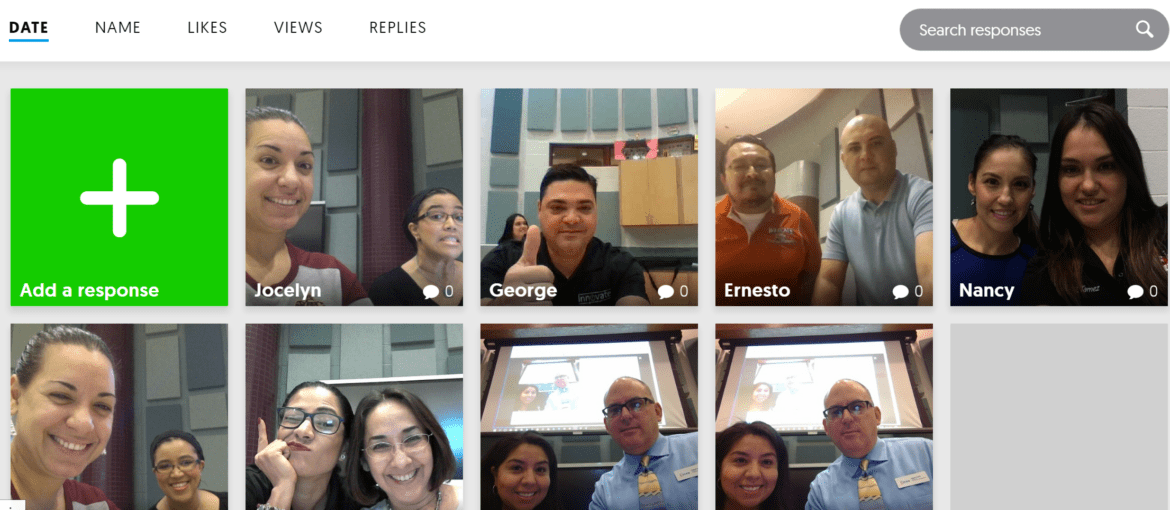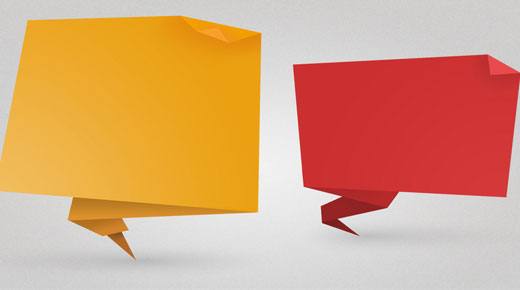Finding ways to support professional learning specialists can be tough. In this blog entry, we will explore several ways you can build up your trainers. Put these ideas in place to maximize the learning opportunities your team has access to.
Find talent within your city.
New ideas are old ideas in other districts. “How do your trainers approach teaching technology integration?” asked one colleague. But she didn’t stop there. She went on to ask, “How are you bridging curriculum and technology silos?” Another question to pose is “How do you your digital coaches build instructional, content area capacity?”
Did You Know?
TCEA area directors are available to facilitate and coordinate meetings within their areas. Check with your local TCEA area director to find ways to build bridges between your team and others. Curious about how it works? Connect with Jeannine Freeman (TCEA Area 20 Director) for some ideas.
Develop a program in which you share your trainers with others. While fearful supervisors may want to put their candles under a basket, do better. Pool your ideas as part of area meetings. For example, in Area 20, technology directors meet to discuss problems and share solutions. Instructional technologists do the same. Avoid the pitfall of “We’re too busy to connect.” Use digital, collaborative editing tools to share what works (e.g. Google Docs, MS Word Online).
Find materials on the web.
What can’t you find online? More districts than ever share how they get digital education done. A simple Twitter DM, Appear.in, Skype, or Google Meet can give you a springboard to start from. Newbies often ask, “Where can I find a digital coaching meeting plan?” An internet search reveals many solutions. A powerful professional learning network (PLN) does it better. Build a network of people who will respond to your questions.
Did You Know?
TCEA (@tcea) can help you build your professional learning network (PLN). One way to start involves following TCEA’s professional learning directors, Diana Benner (@diben), Dr. Bruce Ellis (@drbruceellis), Miguel Guhlin (@mguhlin), and Peggy Reimers (@preimers). Each has an area of expertise and they can point you in the right direction.
Short, focused searches on topics can save you a lot of work. Avoid the fallacy that you have to make everything from scratch yourself. Curate content, ask for permission, and cite your sources. Those three points will save others time and effort. Stand on the shoulders of your peers around the world.
TCEA Responds: Take advantage of this blog series that takes frequently asked questions and finds Texas-specific responses. Or jump into the TCEA Community and learn from your peers around the world there.
Learn with and from each other.
When I worked as a young teacher, I laughed at the idea of a veteran educator showing me how to use technology. I stopped laughing when I saw how she organized the class. I took notes on how she heightened group discussions. When students used technology, it had a deep impact. How we teach each other goes beyond what we know to how we learn. You can build on this knowledge by focusing less on content (how to…) and more on the technique used.
Did You Know?
A wealth of activities for engaging students is available online. Why not explore a few that you can adapt for use in a classroom with K-12 and/or adult learners?
Share what you know.
“Are you presenting at that conference in Houston?” my wife asked. Preparing to present helped me learn more. I came in contact with people that I wouldn’t have met walking the exhibit floor or sitting in a lecture hall. Engage others in a dialogue may help you rethink or reevaluate what you do.
Did You Know?
TCEA has several amazing events taking place this summer. Learn more about the Elementary Technology Conference, as well as academies focused on Adobe, Chromebook, and Microsoft. Technical support staff should mark their calendars now for the System Admin Conference in October 2018.
Tap into your technicians.
School districts divide their technology support staff into two distinct groups. One district decided to upgrade their technicians’ skills. The district recognized the enthusiasm of technicians to be more. To tap into that enthusiasm, they invited their technicians to become digital coaches. This allowed them to solve problems and model how to solve those to both students and staff.
Make Innovation Possible
Are you a school district leader? Make sure that you support professional learning within and outside the school district. Empower your team to connect and learn with others. The more permeable your district professional learning is, the greater the speed at which creativity and innovation will flourish. This will only benefit students, staff, and community.





 Putting It Into Practice
Putting It Into Practice